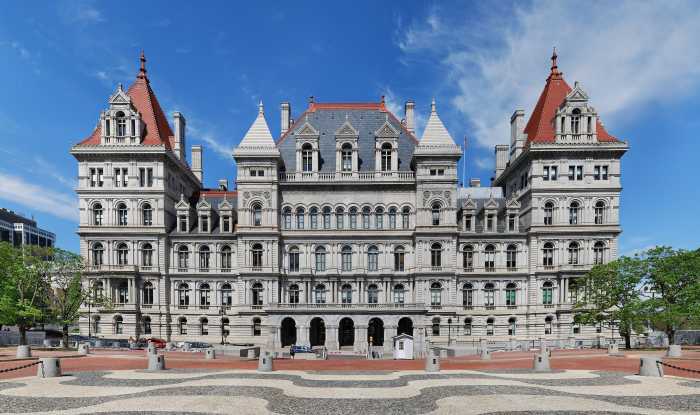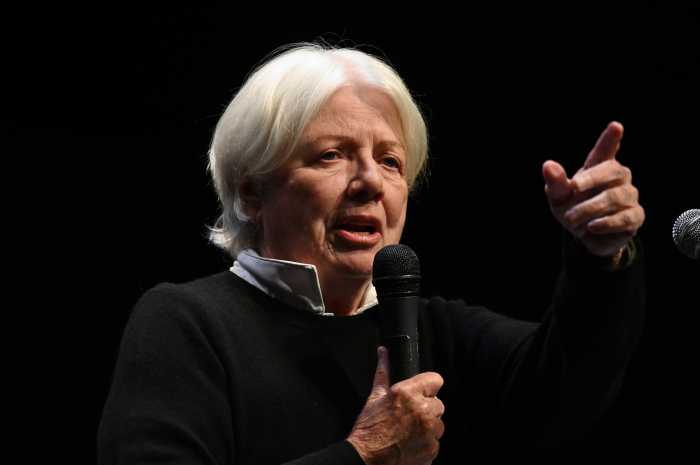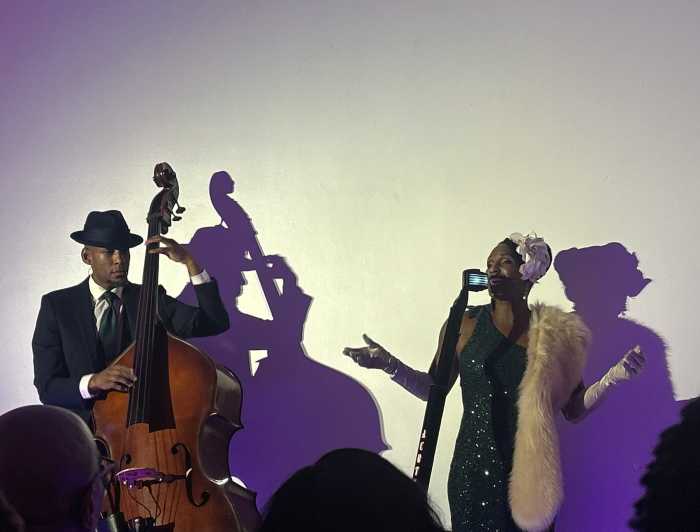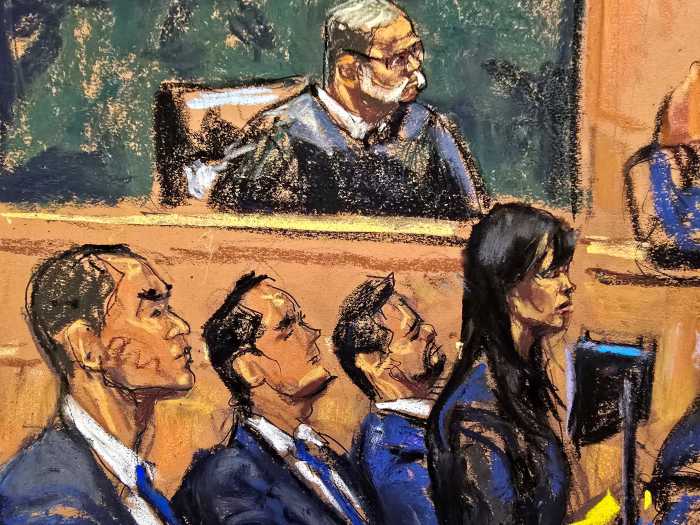When it premiered on Netflix last year, the first season of “Heartstopper” had the benefit of surprise. While it’s based on four graphic novels by Alice Oseman (who created and writes the TV show as well), the series reached a wider audience. It succeeded in appealing both to teenagers and adults who wished they could have found its characters’ relative acceptance as queer youth. “Heartstopper” is not afraid to be corny or didactic, with several scenes in the second season designed for at-home applause. But it still feels heartfelt, thanks to the control Oseman has retained over it, rather than being a piece of anonymous content. The style of “Heartstopper,” with editing imitating the spaces of a comic book’s panels, bright colors, extremes of white and yellow light, constant pop needle drops, and fluttering animated butterflies, expands upon the vision of Oseman’s written work.
As it moves into its second season, its biggest challenge is keeping drama going on while sticking to its light tone. (In a July interview with The Guardian, actor Kit Connor contrasted “Heartstopper” with darker queer media and said, “being queer can be beautiful. There will be adversity, sure. There are highs and lows. But the highs can be really high, so it’s worth fighting for.”) The series tackles big issues in its characters’ lives: coming out, most of all, but also bullying, eating disorders and the specific problems caused by biphobia. Indeed, the second season centers out the challenges Nick (Connor) and Charlie (Joe Locke) face in public. While three couples lay at the heart of the show — Tao (William Gao), who is a cis boy, and Elle (Yasmin Finney), a trans girl; Tara (Corinna Brown) and Darcy (Kitty Edgell), who are both queer girls — the story of Nick and Charlie is its centerpiece. The boys appear in the season’s opening and closing scenes.
During the first season, Nick and Charlie’s school friendship grew into a romance, despite the closeted Nick’s uncertainties. In this one, Tao and Elle face similar challenges; they spend much of their time hashing out whether they really are dating. The second season begins on an affirmative note about Nick and Charlie’s relationship. About to celebrate their two-month anniversary, they swear they will protect each other from the world’s blows. But Charlie’s family does not see their relationship the same way. Without becoming explicitly homophobic, his parents block him from spending much time with Nick because they blame the relationship for his sinking grades. Not till a school trip to Paris takes place do they get to spend a night together. (This trip also leads to major developments for several other characters, with alcohol acting as a truth serum.) Charlie’s oafish brother David behaves like a jerk once he realizes that Nick and Charlie are dating, refusing to believe the truth of Nick’s bisexuality and constantly attempting to out him, even in front of other relatives. The season builds towards a climax in the final episode, set during the school prom.
The themes of “Heartstopper” played out in real life after it made teenage actor Connor into a star last year, showcasing the pitfalls of the concept of queerbaiting, especially when applied to real people rather than fictional storylines. After he was photographed holding hands with a girl, rumors that he was really heterosexual circulated online. The backlash made him feel that he had to come out as bi, even though he was reluctant to do so publicly at 19. (Oseman is aromantic and asexual, while Locke has been openly gay since his early teens.) It’s possible that the second season of “Heartstopper” was written long before these events happened, but even so the resonance is unmistakable. The first four episodes are dedicated to showing what a slow, difficult process coming out can be. Gay men of older generations maintained the attitude that one is either definitively in or out of the closet. For these kids, still learning about concepts like asexuality, things look much different. The possibility of using social media to drop hints and test the waters exists.
Much of the appeal of “Heartstopper” is that it resembles a teen drama which should have existed in the ‘90s or 2000s but really didn’t. Queer, trans and BIPOC characters who would’ve been tokenized or even insulted back then lie at the heart of this story, while cishet white men are pushed towards the sidelines. It’s aggressively chaste, something 12-year-olds could feel comfortable watching with their parents: Nick and Charlie even sleep in separate beds when they first arrive in Paris. But the show is based around the tension between its optimism and the difficulty of being honest in public. Reviewing the Netflix series “Sex Education,” critic Adrian Martin defined YA literature by its ability to weave an entire plot from one character keeping a secret from their best friend. The most touching moments of the second season show the reasons why such secrets exist and reap catharsis from finally breaking down their barriers. At times, it gets bogged down by running over the same dilemmas for an entire episode, but its sweet nature comes through in the end.
“Heartstopper” | Starts streaming on Netflix Aug. 3rd


































